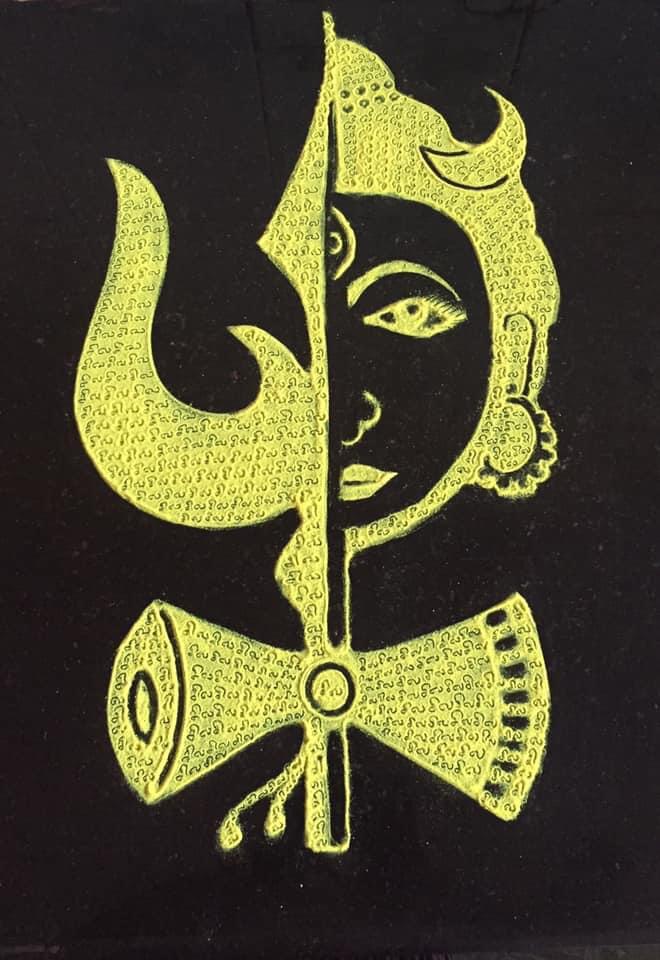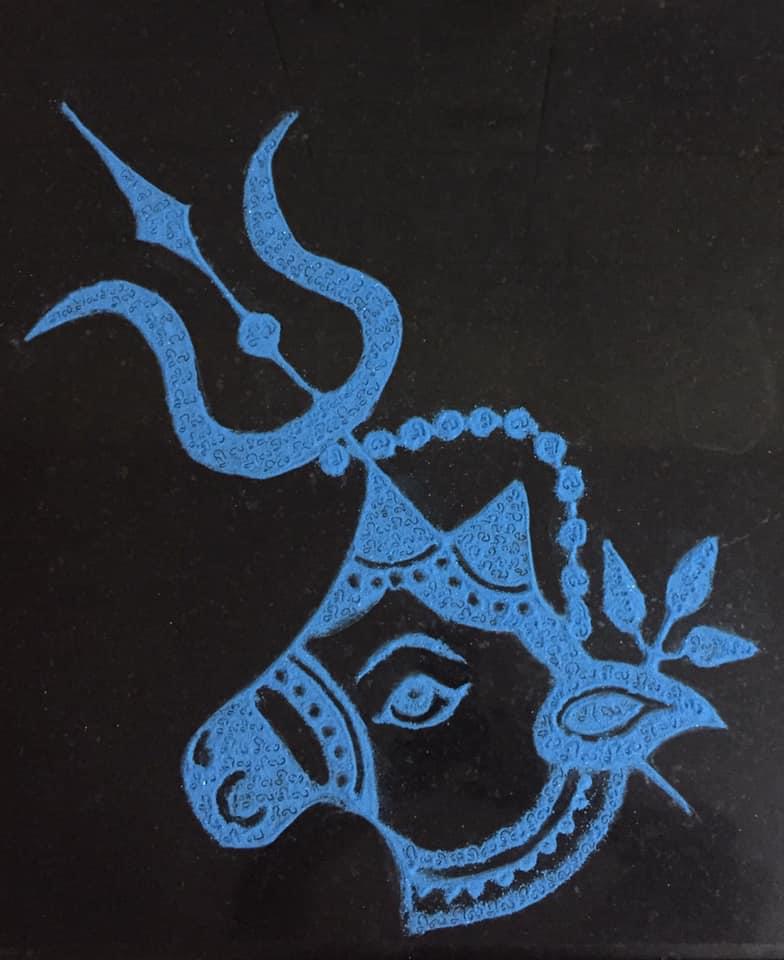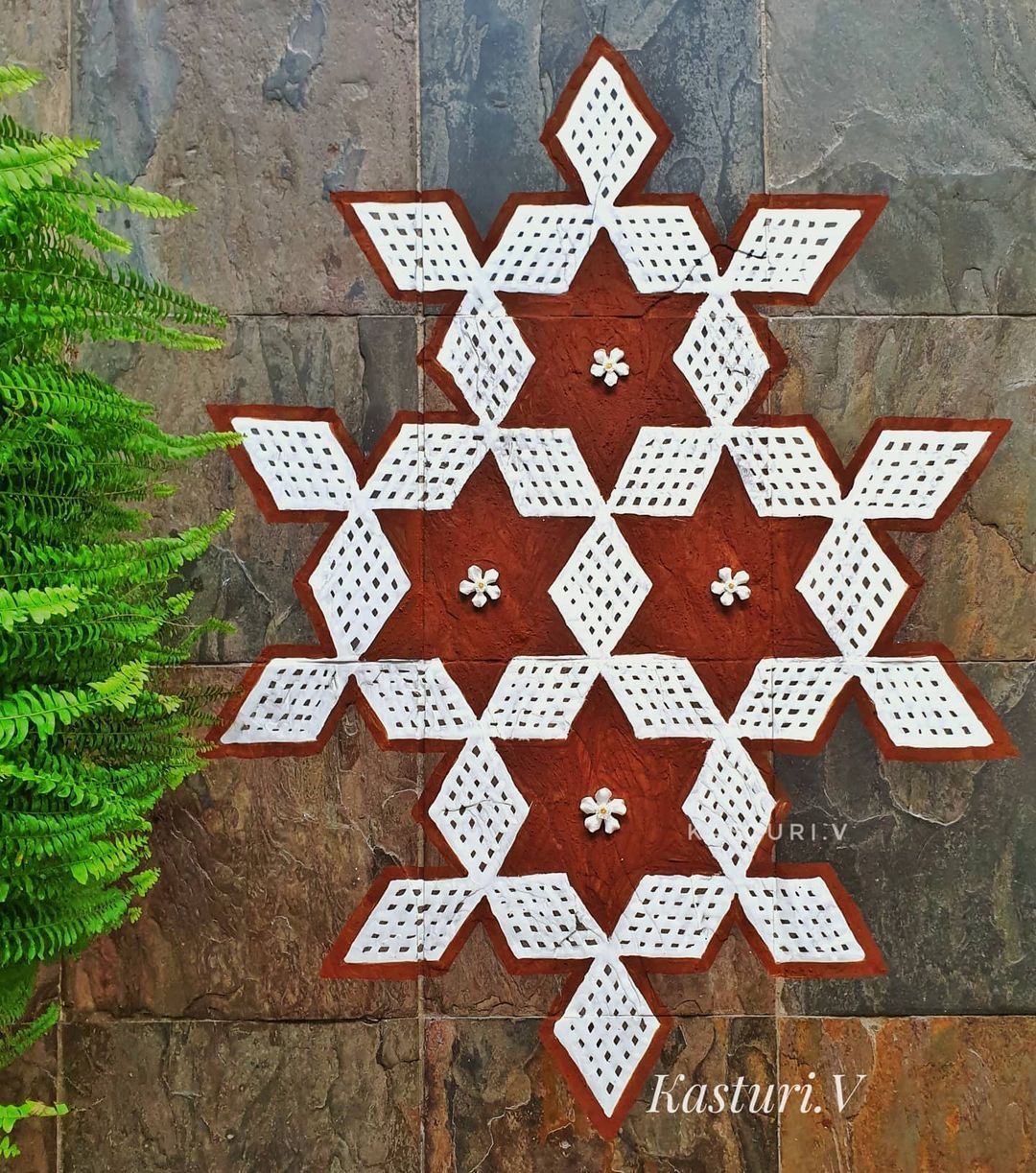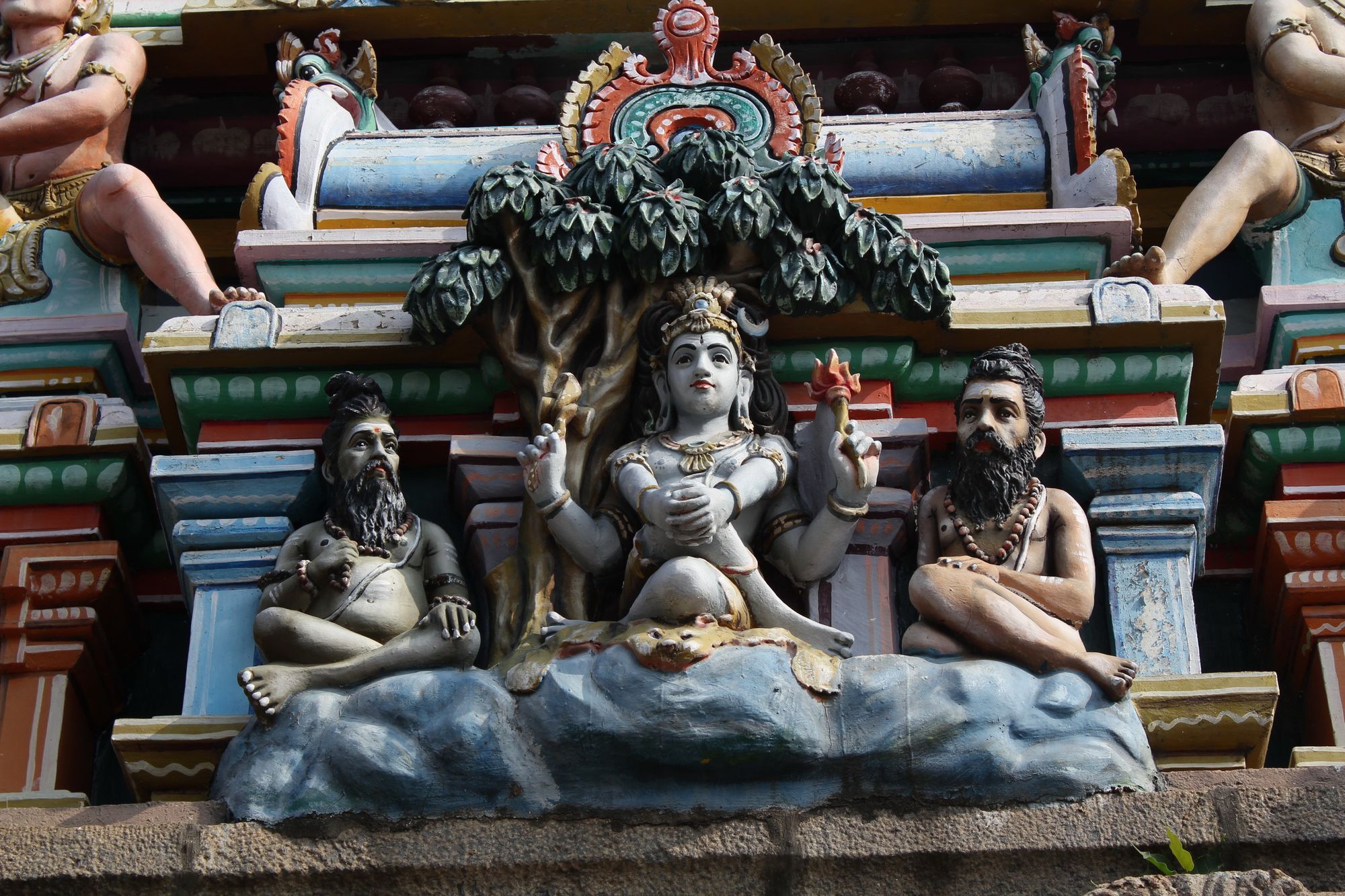Shivaratri, the night of Shiva — part 1
Of the three major divinities of the Hindu pantheon, Shiva’s role is to act as the Destroyer of the universe. But unlike Vishnu, he does not incarnate each time the world is threatened but instead assumes several disguises: a beggar, a criminal, a hunter, a holy yogi, or a benevolent guru.

Staying awake to contemplate the Lord dancing
The Margazhi music and dance season is barely over, yet many cultural programs are imminent to celebrate Shivaratri literally "the night of Shiva". Years ago, I arrived in Kerala for the first time, before the start of this festival. Then, I did not know much about the complexity of the Hindu pantheon and of the numerous names, aspects, emanations and manifestations of the gods and goddesses, but I was in awe with the unique pose of Shiva Nataraja.


To this day, it remains a unique posture in the world of sculpture; a joyous and free celebration of dance, the dance of creation itself with the god's whirling hair spread out and floating on either side of his head. He dances to the sound of the damaru, a small two-sided hourglass-shaped drum, the succession of days and nights, and the cycle of seasons and that of life and death.

Shiva does not have only one distinctive form, but he does have certain attributes that identify him, like his third eye, which symbolises perfect knowledge, as well as the trident, the flame, the crescent moon he wears in his matted hair, an axe, the waters of the holy Ganges river he had caught in his hair when it descended from the sky, and a small drum in the shape of an hourglass. Shiva is often depicted in kolam with certain symbols which represent his attributes: the damaru, the two-sided drum; the trident, which according to a philosophical point of view represents the three gunas (sattva, rajas and tamas) or the Creation, Preservation and Destruction of the world.







The trifoliate leaves of the Bael or Bilva tree (Aegle marmelos) are strung together into garlands and offered in temples dedicated to Shiva. These leaves are also drawn in kolam, using various combinations. The leaves signify Shiva's three eyes and symbolise the three sources of light: the sun, the moon, and fire. How Shiva got his third eye is told in a mythical story: "One day, Parvati, while in a playful mood, covered the eyes of her divine husband with her hands and the world was instantly plunged into darkness. Shiva immediately created a third eye between his eyebrows so that he could save humanity from being deprived of light."




Shiva wears a tiger or an elephant skin and rides a white bull which symbolises terrestrial power. He lives with goddess Parvati on Mount Kailash in the Himalayas.




Of the three major divinities of the Hindu pantheon, Shiva’s role is to act as the destroyer of the universe. But unlike Vishnu, he does not incarnate each time the world is threatened but instead assumes several disguises: a beggar, a criminal, a hunter, a holy yogi, or a benevolent guru. For his devotees, he is timeless because he creates and destroys the universe before recreating it again, thus putting a stop to the suffering caused by the cycle of reincarnation.




Shiva in the guise of a tribal hunter
Shortly after my arrival in Kerala, Malayali Hindus were celebrating Shivaratri. What was it about? My teachers at the school where I was studying Kathakali (dance drama) explained to me that it was the marriage celebration of Shiva, the Lord of destruction with Parvati or Shakti, the goddess incarnating the creative, sustaining as well as the destructive force. Along with the students of my school, we took a bus to reach a nearby temple where a Kathakali was taking place. The majestic coconut palms encircling the compound swayed in the evening breeze as in welcome to devotees flocking to worship and watch the performance. I stood spell bound at the entrance of the shrine; hundreds of women and young girls dressed in off white kasavu mundu with jasmine flowers adorning their long and lustrous hair were circumbulating the sanctuary with hands cupped around a coconut oil lamp. "Shivaratri, the one night where you may get enlightened if you stay awake" so said a man standing next to me. At this precise moment on stage, the sonorous wail of a conch heralded the performance about to commence. I closed my eyes, and the night became a whirlwind of various drums and fragrances. When I opened them, two men were holding at arm's length the corner of a brightly coloured curtain; the gateway through which gods and demons are entering the world. After two stories, almost at the end of a long night, a third play named "Kiratam" was about to begin; a duet of singers was lending their voice to the noble Arjunan praying Shiva : "Paramesha, help me, protect me, Ô Lord"
What a surprise to see Shiva in this story not as the dancing Nataraja but in the guise of a tribal hunter named Kattalan and played by the storied actor Raman Kutty Nair along with Kottakkal Sivaraman as Parvati disguised as the huntress Kattalashree (Katalasri).

The story narrates the fight between Arjunan, one of the Pandava brothers in the epic Mahabharatha, and Shiva. Arjunan, is doing penance in the Himalayas to obtain the divine weapon pashupatastra. Parvathy urges Shiva to bless Arjunan and give him the boon that he desires, but Shiva wants to test Arjunan before granting his wish as he feels that the young prince is arrogant. At the same time, Duryodhanan, the eldest of the Kaurava brothers sends the demon Mukasuran in the form of a boar to attack Arjunan. At the sight of the disturbing beast, the latter shoots an arrow to kill the boar while another arrow from the hunter also strikes the boar. An argument starts over who has killed the boar, and the dispute leads to a fight between Arjunan and Shiva the hunter. A defeated Arjunan unable to move, finally looses his pride and scooping a mud Shiva lingam, gathers flowers to garland it until he realises that the hunter and his wife are Shiva and Parvati. Ashamed by his deeds, he prostrates before Shiva who hands over the divine weapon and disappears. That night I understood why devotees must stay awake until dawn because I saw Shiva and Parvati dancing, and this is how my kathakali journey started and my love for Indian culture. Shortly after that, I was blessed to learn the part of the huntress with Kalamandalam Krishna Nair (another immense actor). The blue make-up and the tiny half-moon designs under the eyes were so appealing. I used to enjoy the theatrical entrance of the hunter and the huntress coming from the audience up to the stage to meet Arjunan and their final dance when they bless Arjunan just before he becomes conscious again.


To be continued...
If you feel like drawing, follow the dots of the Bael leaves design and colour them.


